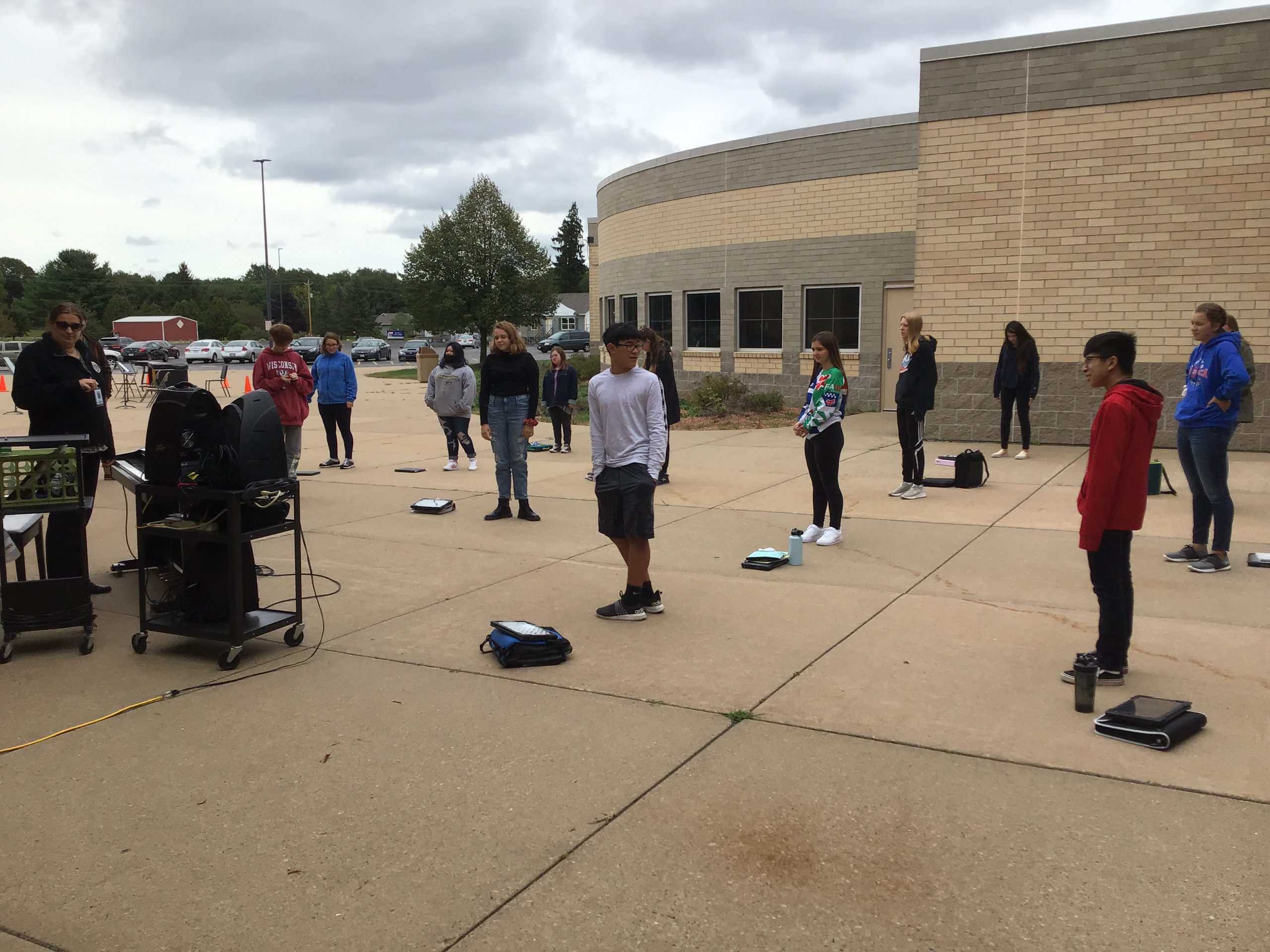Enrollment declines challenge most rural schools across the country, pre- and post-COVID, but District Administrator Ronald S. Saari isn’t trying to solve the problem on his own.
Saari, who leads the 2,100-student School District of Waupaca in southern Wisconsin, is working local government officials and members of the chamber of commerce to market the small community that is home to one of the nation’s largest foundries.
“We made an investment in an effort to turn the declining enrollment trend around for us,” Saari says. “The city wants more housing to increase the tax base, it want businesses to relocate here.”
COVID has exacerbated the hurdles confronting rural school leaders. Waupaca is grappling with a teacher shortage, particularly when it comes to substitutes and specialized academic subjects.
Black History Month: 8 great free resources, lessons to explore
Waupaca’s pool of substitutes has dwindled to 15 from 75, as older, retired teachers opted out due to health concerns.
“We’ve been in survival mode,” Saari says. “Teachers are going from district to district to get higher salaries, especially in hard-to-fill positions, and it sometimes pits districts against each other.”
Rural districts need assistance from state universities to encourage more students to enter the teaching field. Another challenge, however, is that the profession requires more than just instructional skills, he says.
“Teachers have to be part nurse, part social worker, and they have focus on social situations and be well-versed in the impacts of poverty,” he says. “Teachers have a lot of roles to play.”
Connecting with students
This situation also requires that districts offer more and ongoing professional development, in topics such a digital literacy and sanitization.
Waupaca has been teaching younger students in-person and operating a hybrid model for high schools since Sept. 1, without having to shut down. All learners are remote on Wednesday, which gives teachers time to connect one-on-one with online and in-person students.

“Our teachers are invested in learning about students’ families and listening to student,” Saari says. “This work is a big, necessary for piece for high levels of teaching and learning to take place, and it’s even more important in virtual environment.”
With COVID numbers declining, the district will bring more high school students back to spend more time in classrooms in the coming weeks.
“Some students are thriving on remote learning, they’re excelling and going at a very high pace,” Saari says. “A great majority of students really need to be in school to learn at the highest levels they can be.”
More from DA: 5 ways to improve student’s mental health care









